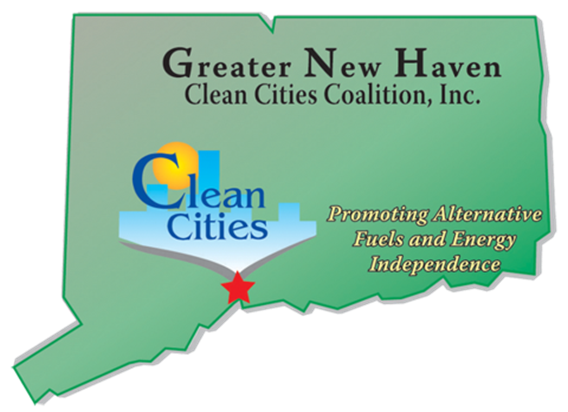 |
A
DEEP and DOT partnership: www.ct.gov/deep/evconnecticut
|
EVSE LLC is offering our stakeholders a discount on electric vehicle supply equipment (EVSEs). Contact Dan Shanahan at dshanahan@controlmod.com.
To find out more about the state program visit EVConnecticut.
Last week on July 9, 2013, the DEEP held an electric vehicle expo that kicked off an EVSE initiative to increase the number of EVSEs in the state. One of our stakeholders was there and wanted to follow up with information on their EVSE manufactured in Connecticut…
It was great seeing everyone at Middlesex Community College this week. EVSE LLC, an EV charger manufacturer based in Enfield was impressed with the attendance and is extending discounts to help Commissioner Dan Esty and the state in doubling the number of EV chargers in CT.
Businesses and municipalities that are interested in participating in the EV Incentives program should email EVConnecticut@ct.gov. More information is available at www.ct.gov/deep/evconnecticut.
If you have employees with electric vehicles and need EV chargers please feel free to contact me at 860-916-7162 or dshanahan@controlmod.com.
In addition to some funds from the state, EVSE LLC chargers can be purchased directly off CT DAS Contract 09PSX0014. This simplifies purchasing for cities, towns, state agencies, schools, state colleges and universities and quasi-public entities. For all Clean Cities coalition members we offer deep discounts! Call me at 860-916-7162.
EVSE LLC’s offers ceiling, wall and curbside Level 2 chargers with cable management that protect pedestrians from tripping accidents, are ADA compliant and protects cables from weather, vehicles and vandals. We are also a partner with ABB, a leading Fast Charger company with both SAE Combo and Chademo receptacles. Both EVSE and ABB chargers are networked on the Open Charge Protocol to ensure any EV drivers can access the chargers without a proprietary member cards. Open charging system networks are crucial to the Commissioner’s goal of reducing range anxiety; current charger networks are closed to members only which will leave many EV drivers stranded.
EVSE has installed chargers throughout CT and US—and our chargers are manufactured right here in CT. Some of our customers include Executive Valet near Bradley Airport, cities of New Haven and Bridgeport, United Illuminating, Norwich Public Utilities, Northeast Utilities, Goodwin College, Yale, Manchester Honda, Crowley Nissan, So. CT. State University, UCONN-Storrs, Westport Train Station and many others.
If you are planning to participate in this initiative feel free to contact me.
Remember to buy from a CT manufacturer to keep jobs here in CT.












